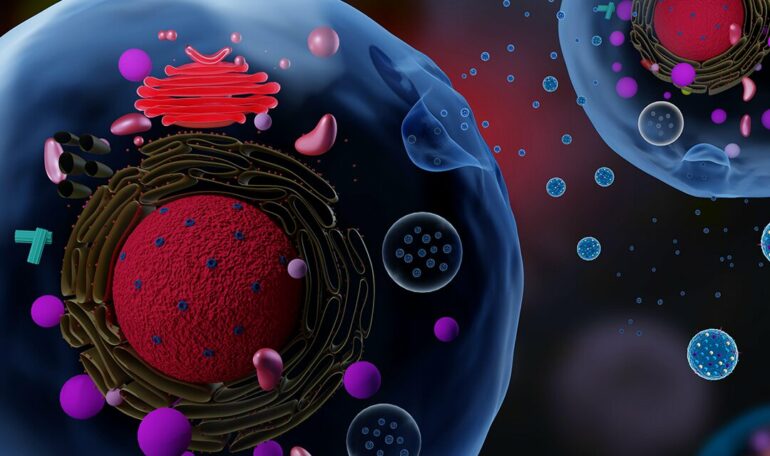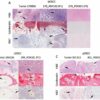Extracellular vesicles—or exosomes, as they are more commonly known—continue to be a curious research focus for the scientific community. Once assumed to be waste materials secreted by cells, exosomes have recently been identified as mail carriers, serving an essential role in cell-to-cell communication by acting as delivery vehicles between cells. New research from Carnegie Mellon University and UPMC explores a new use case for exosomes: Delivering growth factors like bone morphogenetic proteins (BMPs) for bone healing.
Exosomes resemble nano-sized bubbles and are secreted by every cell in the body. Functionally, they carry messages from one cell to another, for example, proteins, DNA, RNA and other biomolecules that can help determine how cells behave and function. In simple terms, if exosomes are produced by bad cells, such as cancer cells, they will carry bad messages, and vice versa, they will carry good messages if produced by healthy cells. Exosomes are now being explored as biomarkers and for various therapeutic-specific applications.
“In thinking through the evolutionary role of exosomes, we started wondering whether or not we could extract and load them with growth factors, and use them as trojan horses for carrying therapeutic cargo,” said Saigopalakrishna “Sai” Yerneni, postdoctoral researcher at Carnegie Mellon University. “We focused our initial efforts on one type of growth factor—BMP2. BMP2-engineered exosomes could be used for bone healing and aiding people who have traumatic bone injuries.”
Growth factors as proteins have a significant effect in altering cell behavior and typically behave in a lock-and-key manner. In other words, for a growth factor to effect cell behavior or have a therapeutic benefit, it must initially bind to it a receptor, which is found on the cell’s surface. Over the course of the group’s study, they found that when BMP2 was engineered into exosomes, this lock and key mechanism could be bypassed.
“While this may seem trivial at the outset, the discovery holds promise to change our current understanding of signaling processes of growth factors,” according to Phil Campbell, research professor of biomedical engineering and member of the Engineering Research Accelerator.
To date, very few growth factors have been approved for clinical use by the FDA. This is due in part to the generally high concentration of growth factors that are required for therapeutic benefit in humans. BMP2 delivered via engineering exosomes, however, was found to produce a therapeutic effect with an extremely low concentration. This finding offers new hope for future clinical applications of growth factor deliveries via exosomes.
“Beyond continuing to pursue the biological aspects of extracellular vesicle-cell communication, we also plan on expanding the exosome-based delivery approach to other growth factors that could potentially help in regenerative medicine and in controlling diseases such as cancer,” said Campbell.
More information:
Saigopalakrishna S. Yerneni et al, Cell trafficking and regulation of osteoblastogenesis by extracellular vesicle associated bone morphogenetic protein 2, Journal of Extracellular Vesicles (2021). DOI: 10.1002/jev2.12155
Provided by
Carnegie Mellon University, Department of Biomedical Engineering
Citation:
Uncovering a promising use case for exosomes (2021, November 29)



